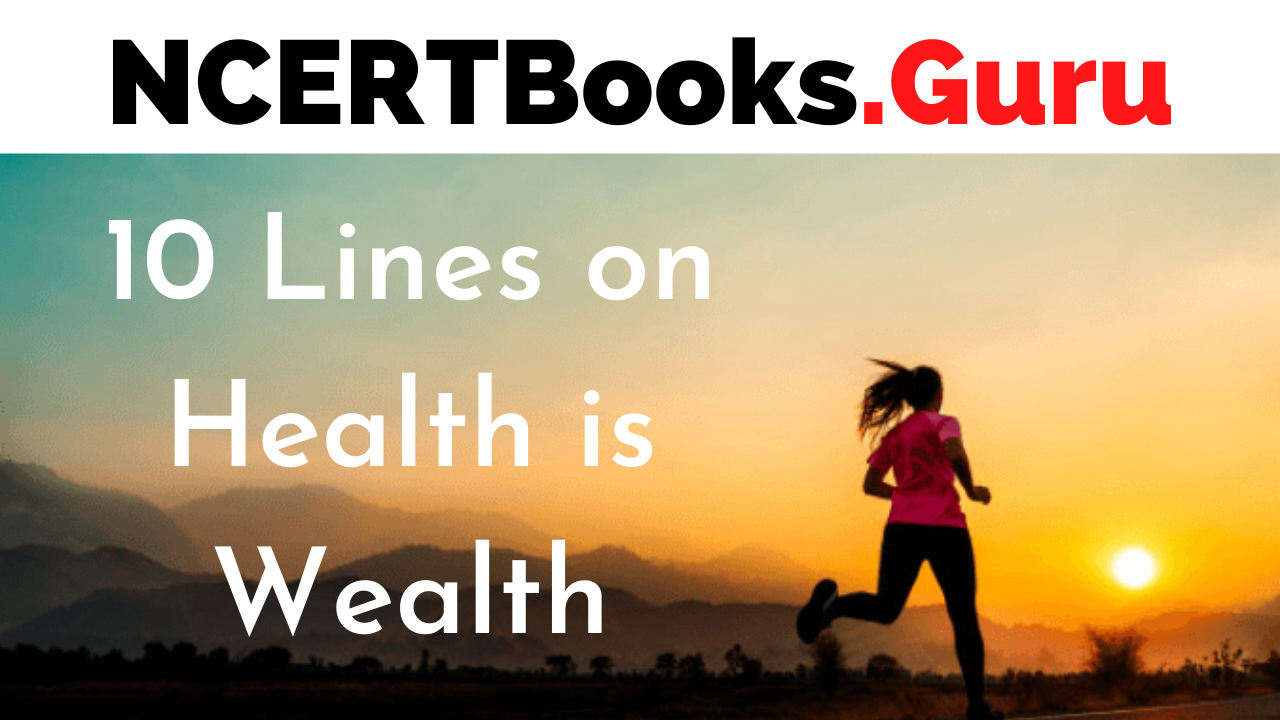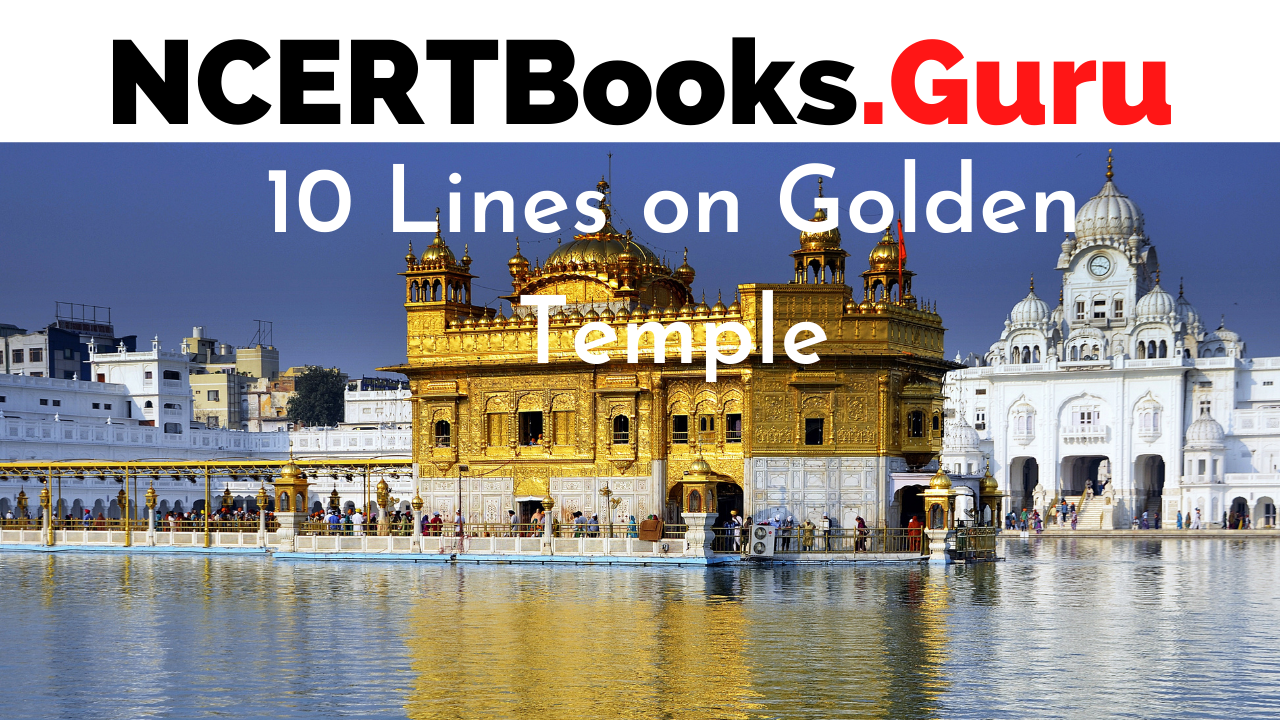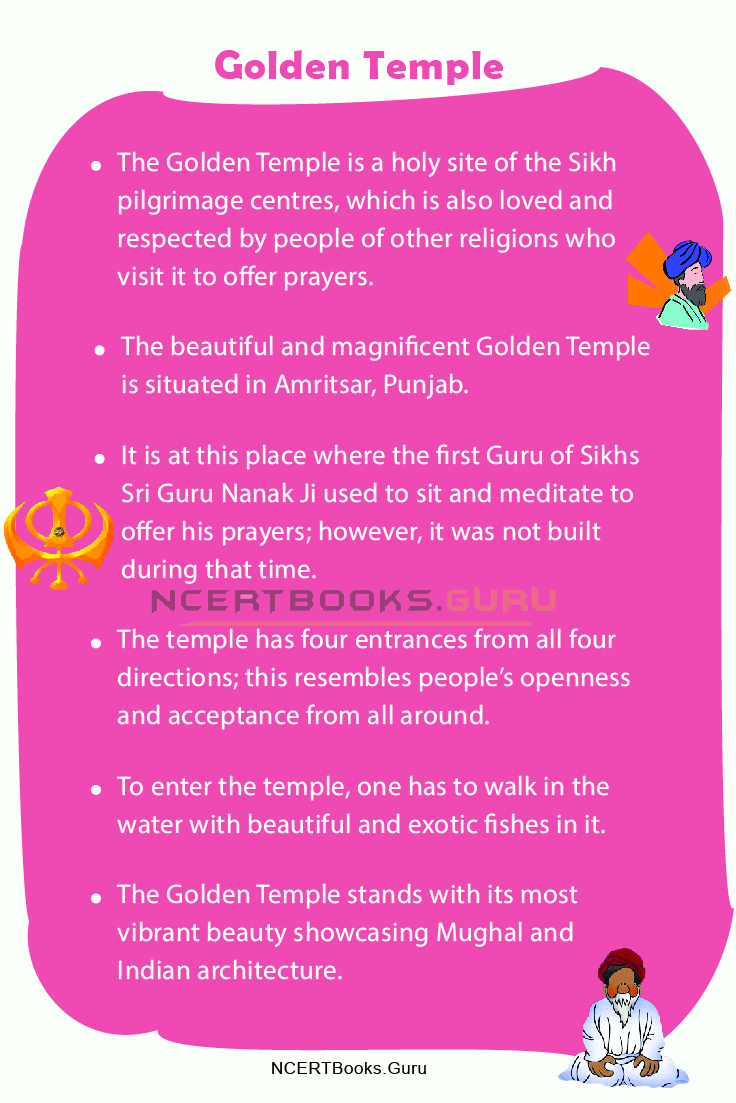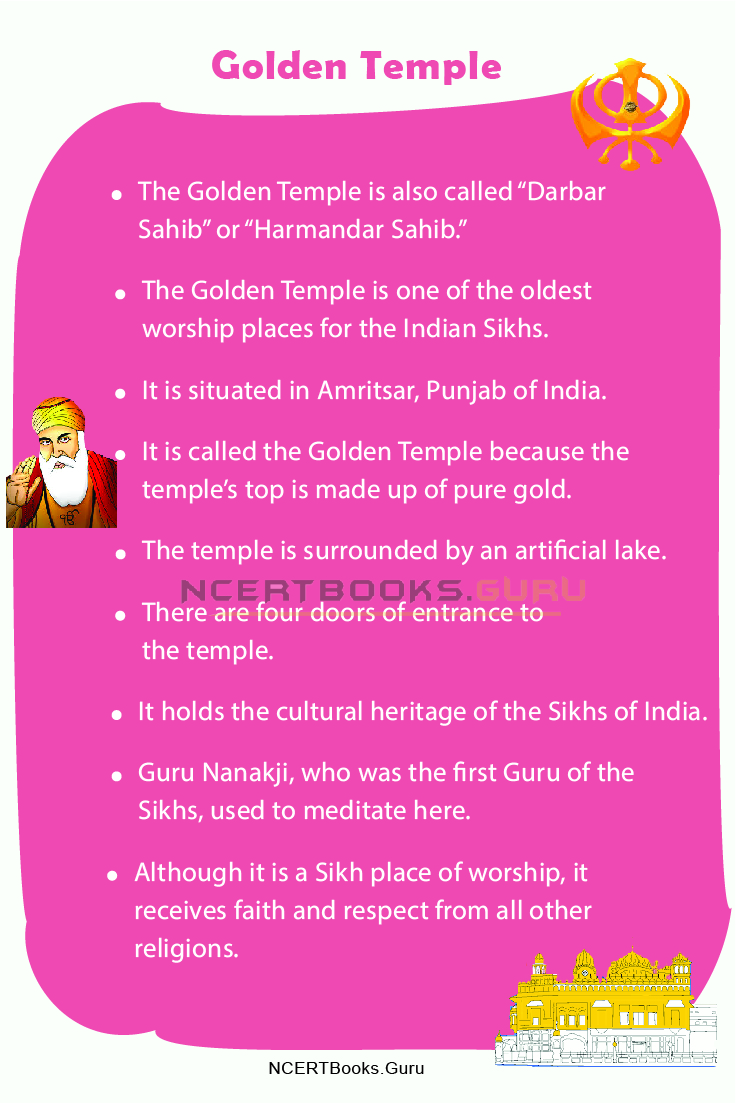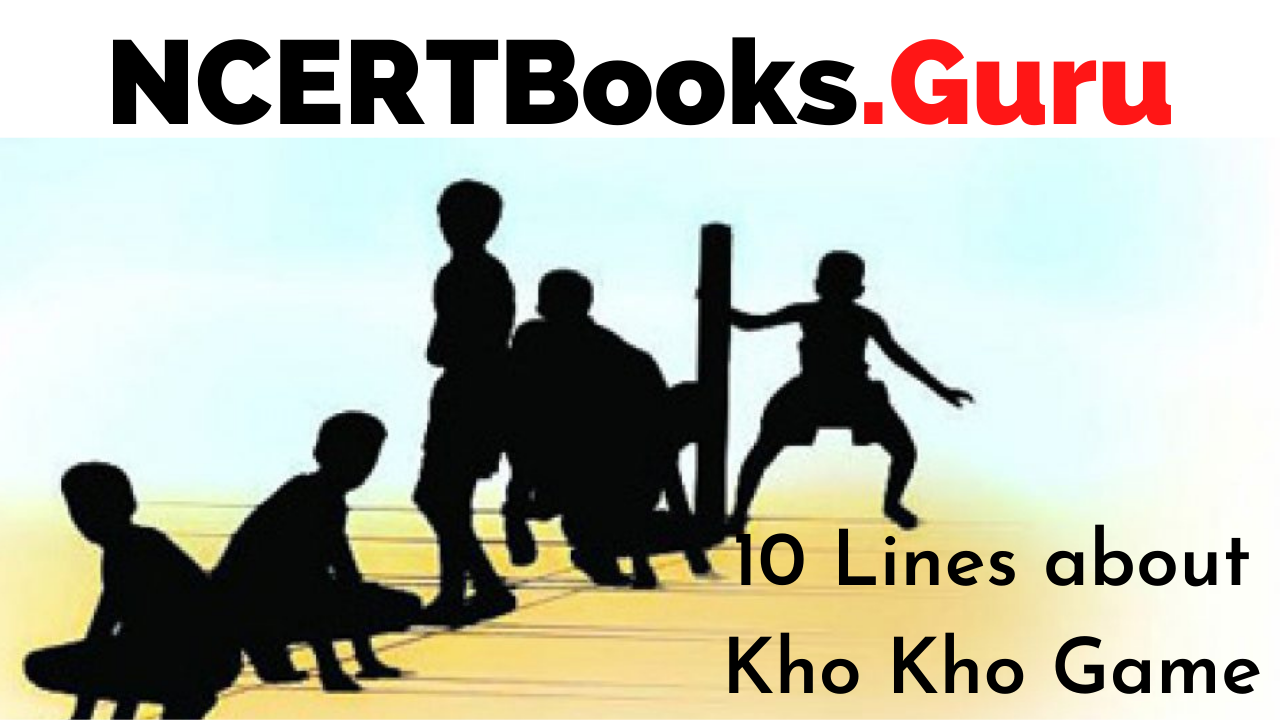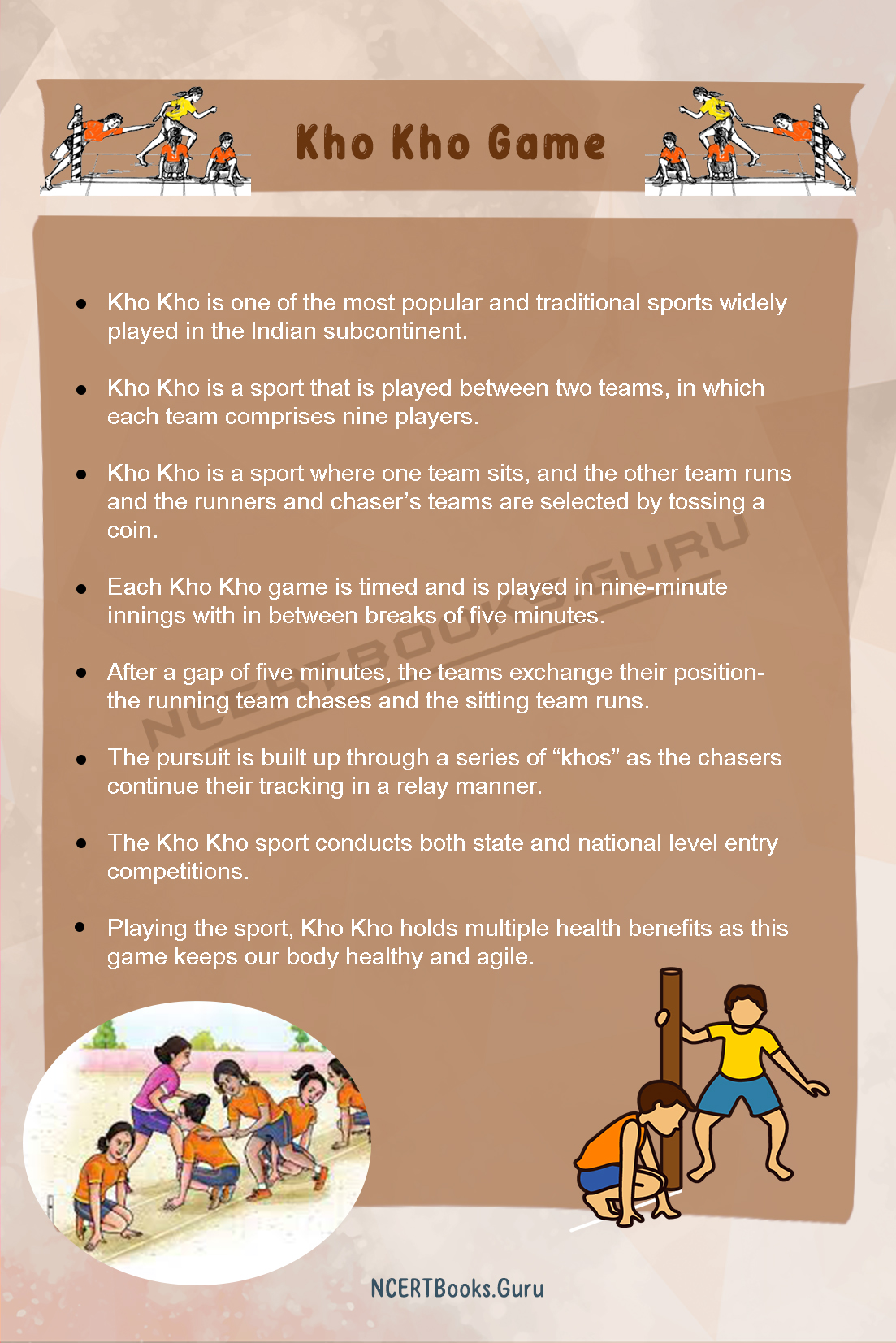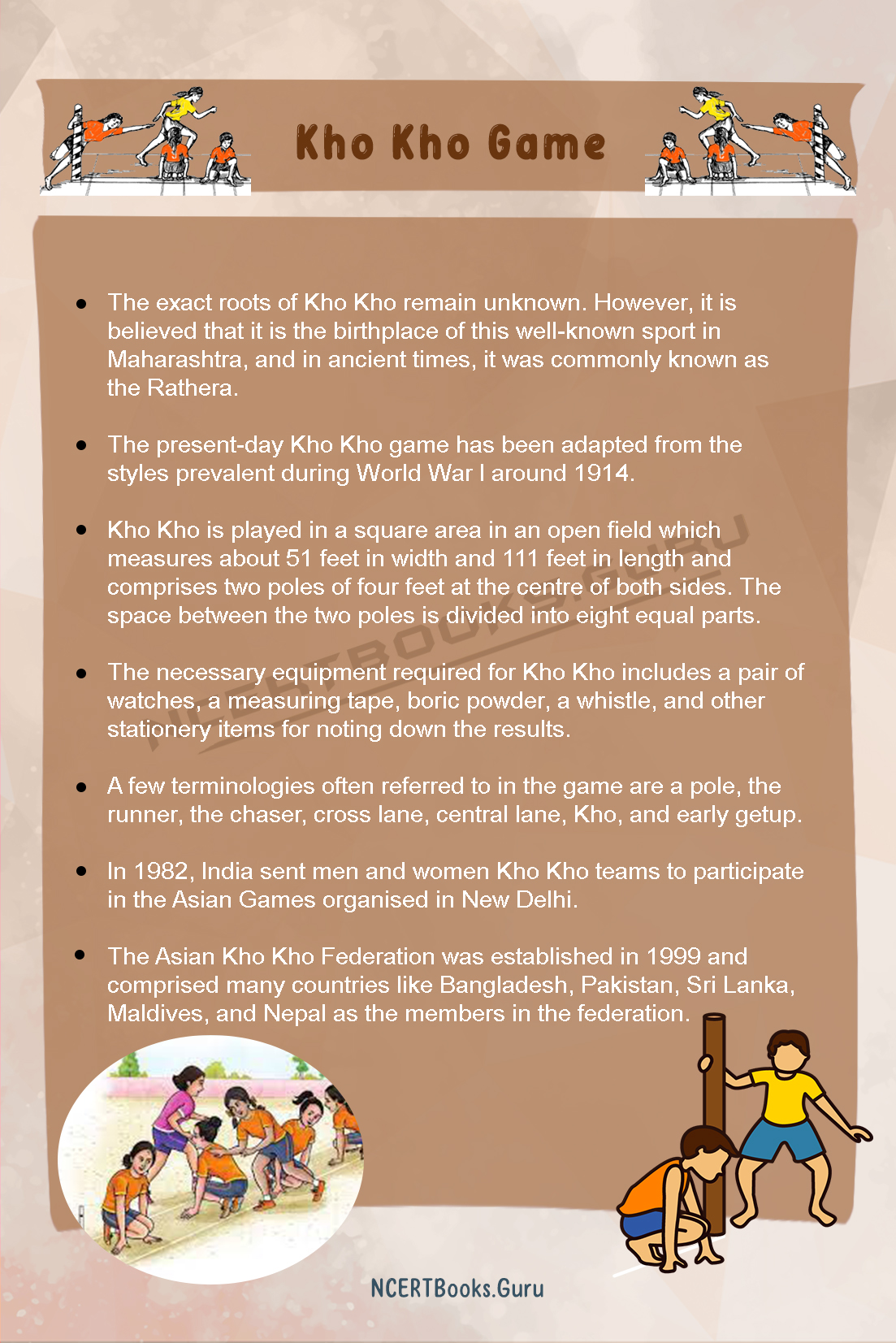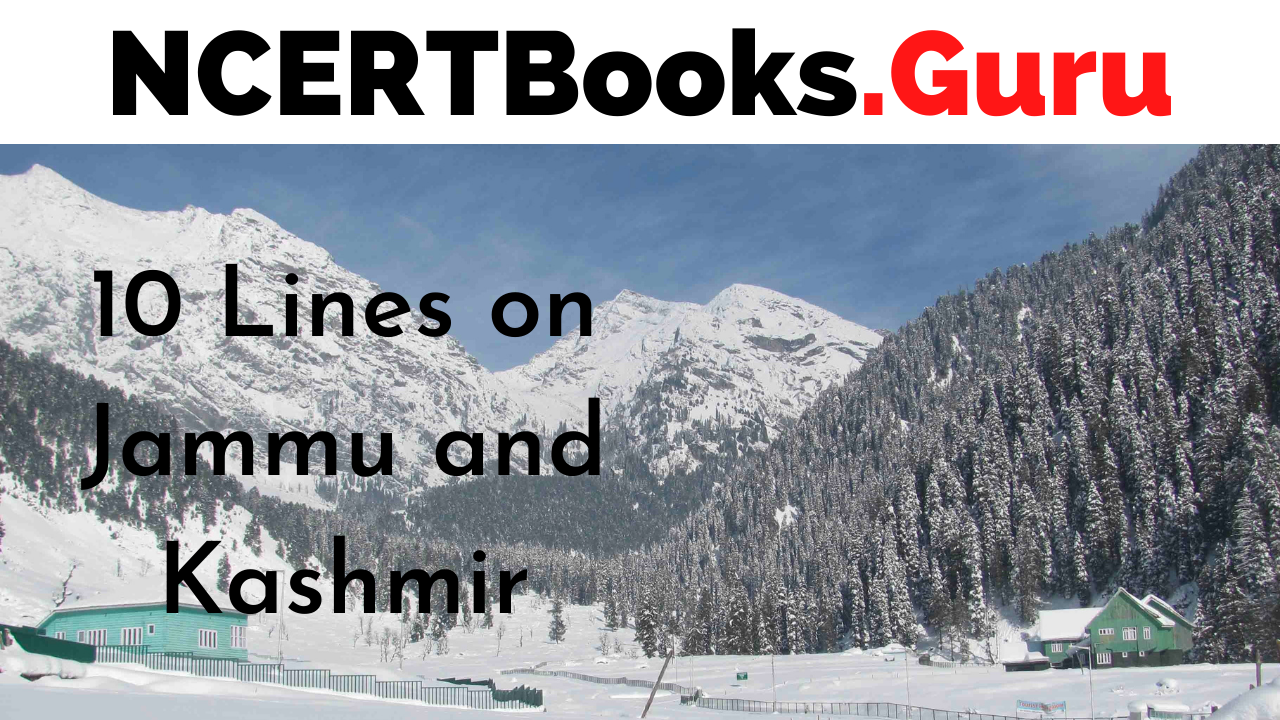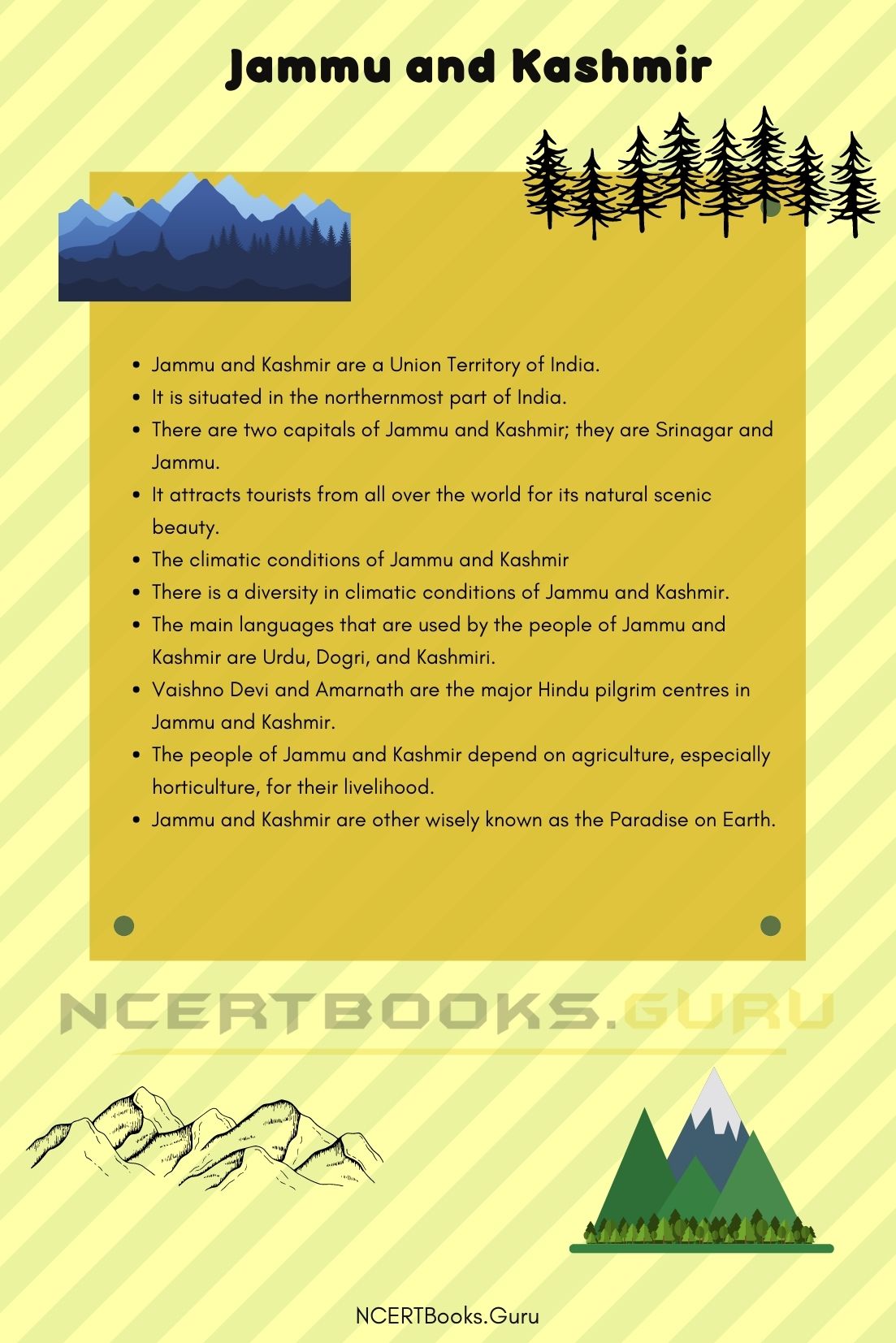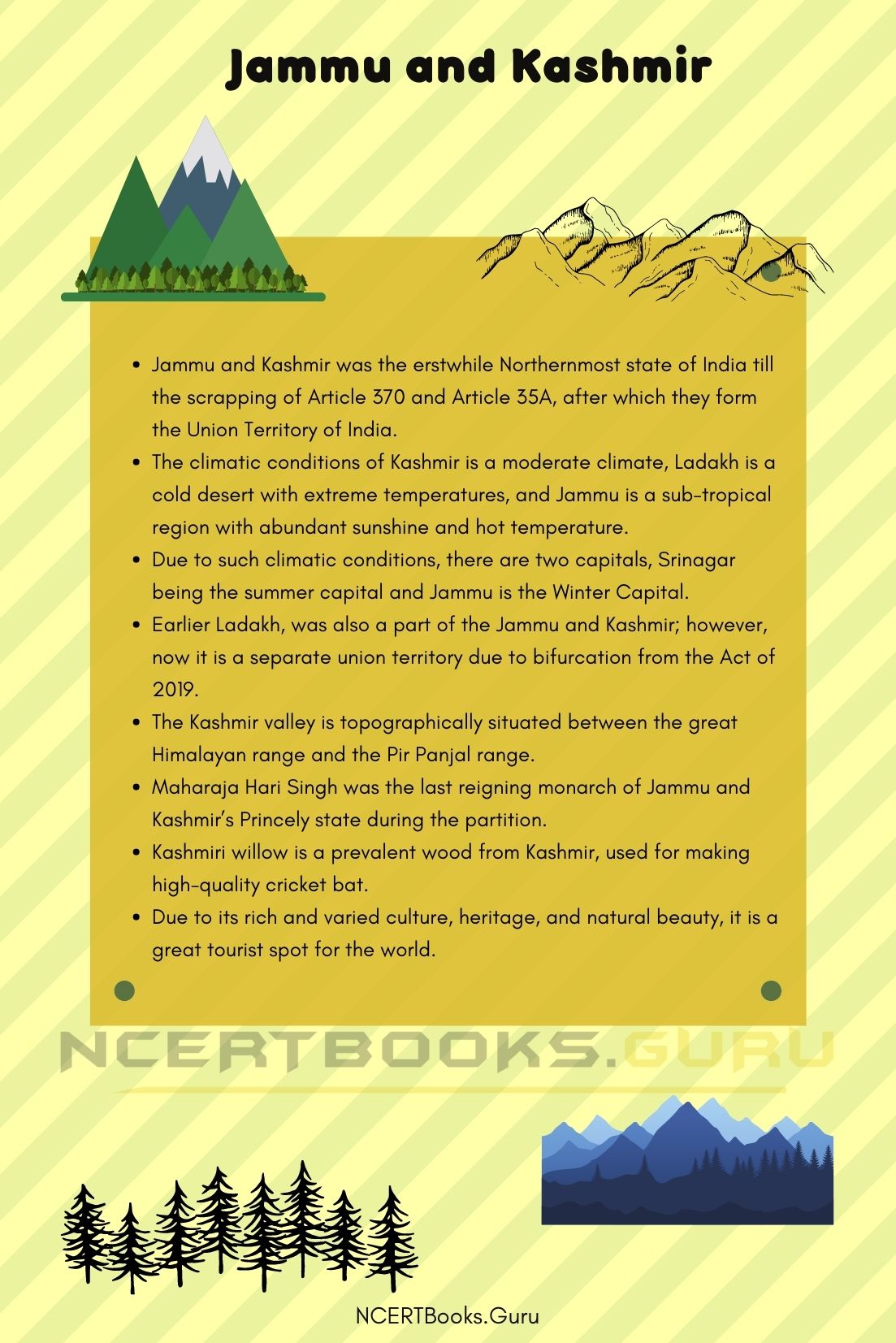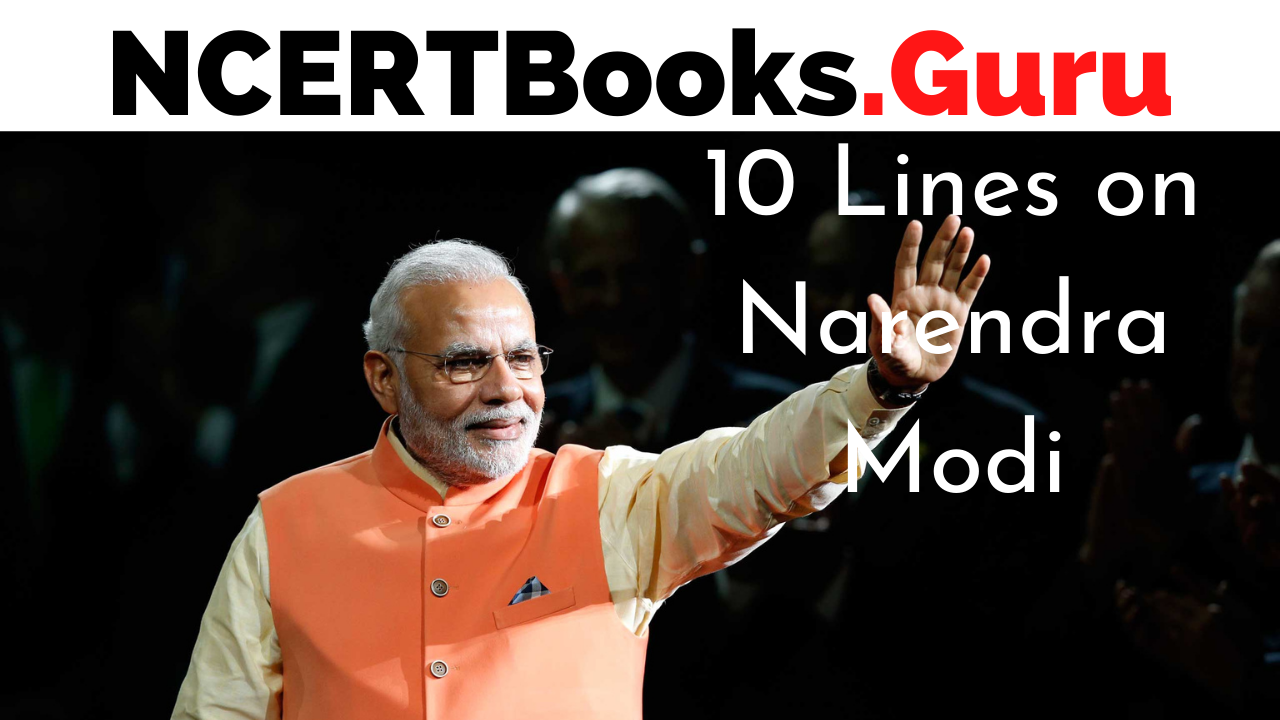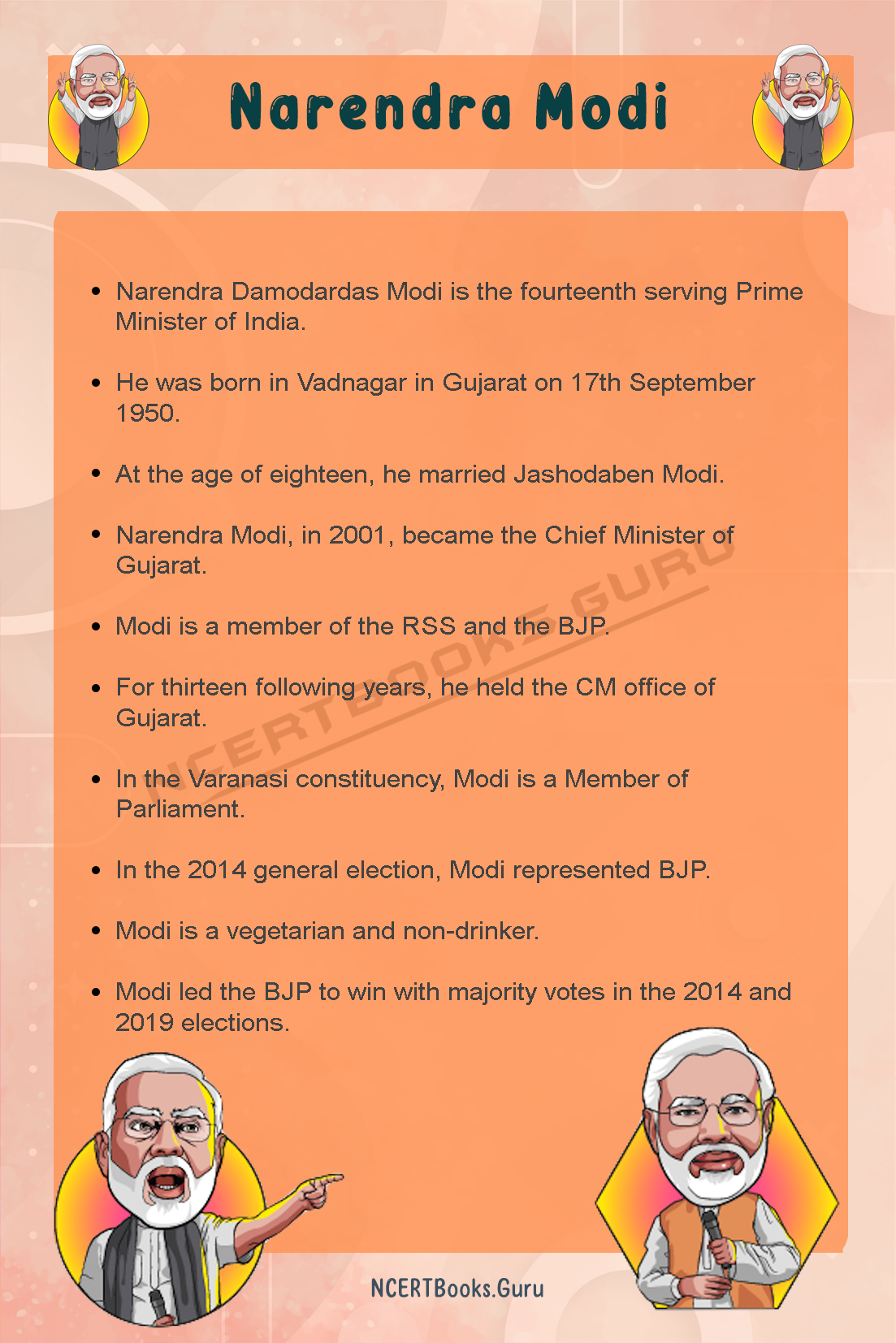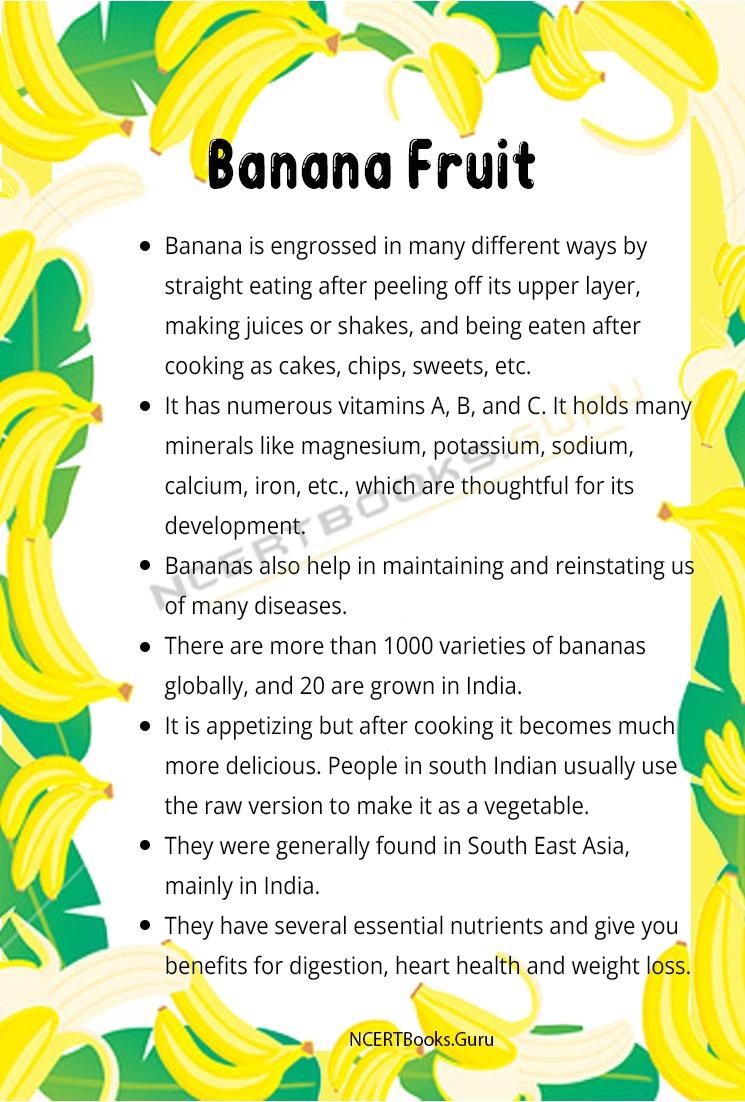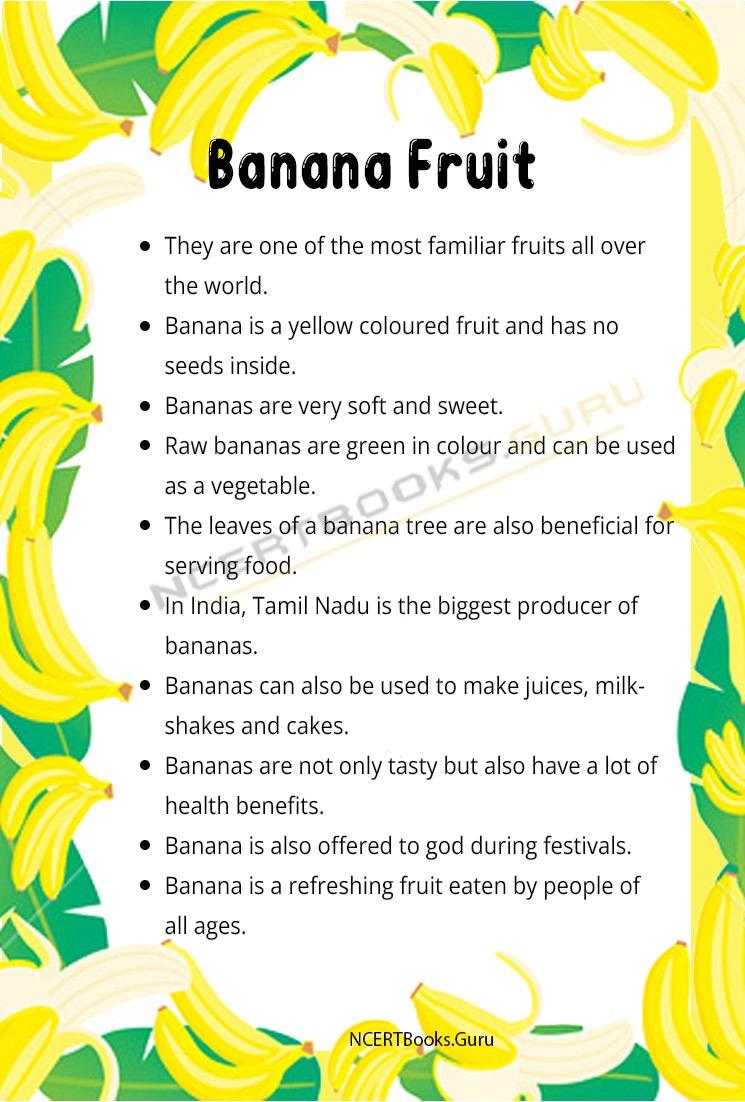10 Lines on Health is Wealth: An old saying says, “When money is lost, something is lost, but when health is lost, everything is lost”. The body we possess is the medium of everything we do. Therefore, we should take care of ourselves to ensure a better life. However, in the past few years, we have witnessed a radical change in people’s lifestyle, by which they are ignoring their health as a consequence of being busy in their work or ignorance to themselves.
A healthy lifestyle keeps one away from all the diseases, has more excellent immunity. So, one must take the right amount of vegetables and fruits along with pulses and dry fruits. Not only that but also one should take rest by sleeping for six to eight hours a day. Yoga and physical exercises should do regularly to keep the body active. Also, he or she should play various outdoor games and fresh breath air. One should not skip meals. Only then one can have the energy to achieve whatever he wants in life because a healthy mind lies in a healthy body.
Enhance your vocabulary and writing skills with 10 Lines Essays available. Spark up the creativity in you and access various Topics on 10 Lines all in one place.
Set 1 – 10 Lines on Health is Wealth for kids
Set 1 is helpful for students of Classes 1, 2, 3, 4 and 5.
- It is rightly said that health is the most incredible wealth because one can enjoy the good life when he or she is healthy.
- Health is the most precious thing which cannot be purchased by money.
- Sound sleep is bestowed to those who are healthy.
- We are usually deprived of enjoying our lives because of upset health.
- The prime source of happiness and bliss is our health.
- One must drink clean and pure water, take fresh air, exercise daily, take proper sunlight and maintain cleanliness to be healthy.
- Good health encourages to do something productive and earn.
- A healthy person is always energetic and never takes the path of a lazy person.
- Wealth is only visible to our eyes, but health is the real and the valuable one.
- A healthy life leads to a happy life too.
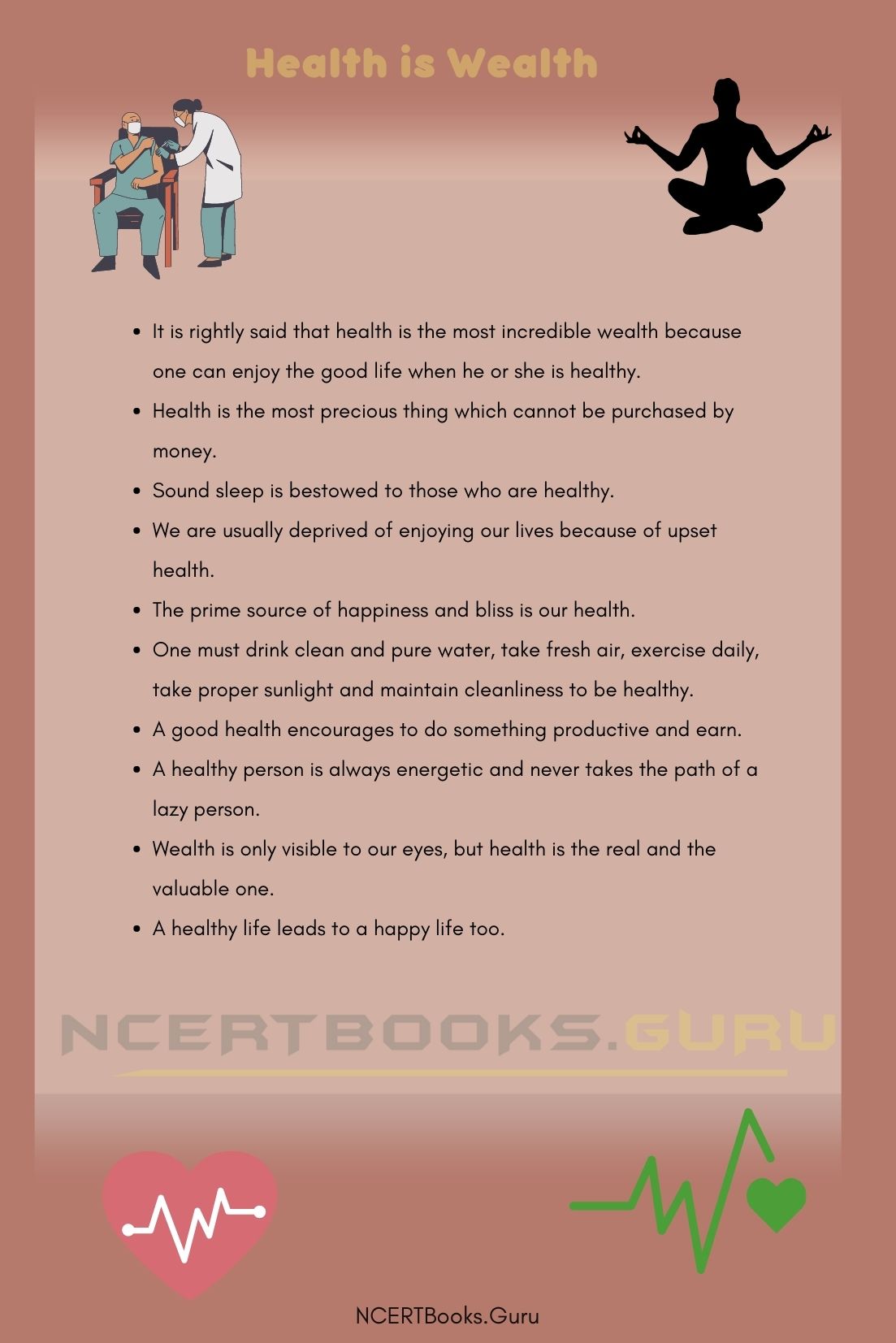
Set 2 – 10 Lines on Health is Wealth for School Children
Set 2 is helpful for students of Classes 6, 7 and 8.
- Health is the most incredible wealth for every organism.
- We ultimately lose interest in everything happening around us, when our health fails to cooperate with us.
- Living a healthy life will help us to remain positive in every situation.
- Our health is our biggest asset and should always be kept at priority.
- The best and only way to have sound health is a properly balanced diet, a daily exercise routine and an undisturbed sleep for 7-8 hours.
- Being healthy will prevent us from facing chronic diseases in the long term.
- Our mental peace is controlled by the kind of lifestyle we live in.
- It’s better to work on ourselves from the initial place rather than gulping medicines.
- Hygiene is also a significant factor in maintaining good health.
- Good health reduces the level of stress and promotes activity.
Set 3 – 10 Lines on Health is Wealth for Higher Class Students
Set 3 is helpful for students of Classes 9, 10, 11, 12 and Competitive Exams.
- We must be careful towards our health.
- Getting rid of harmful addictions is very important to achieve a healthy life.
- We should have a definite and right BMI(body mass index).
- One should not be overweight or malnourished. Instead, it should have a proper weight under his/her height.
- Another step of being healthy is by adapting the saying in our life
- ” Early to bed, early to rising makes a man happy, healthy, and wise!”
- We should believe in the formula that ‘my food is my medicine’.
- We should minimize eating junk food and soft drinks by substituting them with organic vegetables and milk and fruit juices, nuts, etc.
- Daily 3 to 4 km brisk walking can keep us fit and healthy Wealth loss can be recovered but not the health.
- We must not destroy our health by running madly behind wealth.
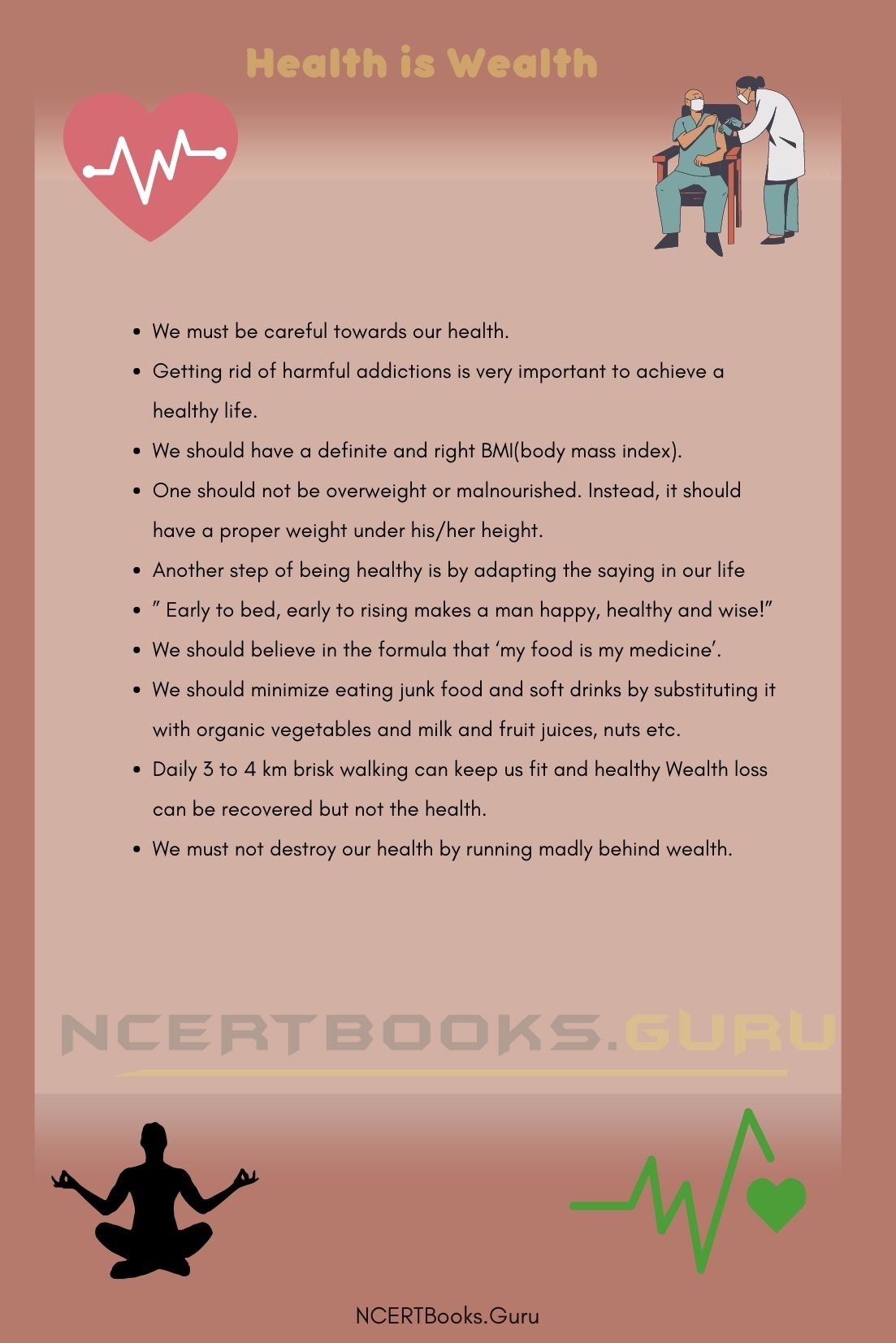
Frequently Asked Questions on Health is Wealth
Question 1.
What are some good and healthy habits we should follow to have a healthy living?
Answer:
We should eat healthy food, maintain a proper diet, including all nutrition comprising carbohydrates, proteins, fats, vitamins and minerals in the appropriate amount and drink ample water. We should do regular exercise and quit smoking and drinking alcohol.
Question 2.
What significance does sleep have on our health?
Answer:
There is enough significance of sleep on our health. One should sleep for six to eight hours of the day that too during night time to ensure proper rest to the body.
